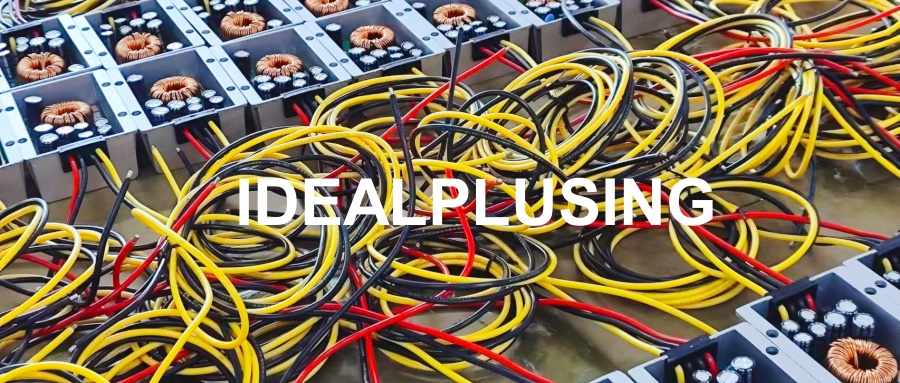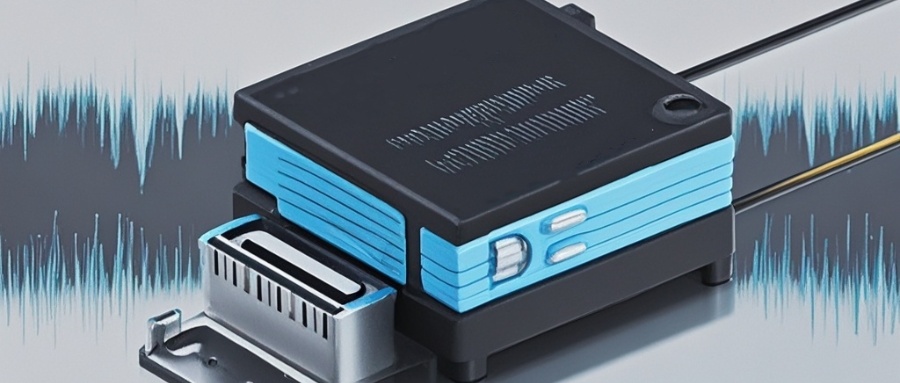 Multiphase DC-DC conversion can significantly improve the performance of buck switching regulators in high current applications. In this article, the structure and functionality of a multiphase buck converter will be explained, and in future articles, its advantages and disadvantages will be presented to help you determine which design projects may benefit from a multiphase rather than a single-phase regulation scheme.
Multiphase DC-DC conversion can significantly improve the performance of buck switching regulators in high current applications. In this article, the structure and functionality of a multiphase buck converter will be explained, and in future articles, its advantages and disadvantages will be presented to help you determine which design projects may benefit from a multiphase rather than a single-phase regulation scheme.
Before we get into multiphase converters, let's first briefly review the basics of DC-DC conversion.
Unlike linear regulators, DC-DC converters achieve high efficiency by taking advantage of "switch-mode" (i.e., on and off) current. Rather than dissipating power in the transistors acting as variable resistors as in linear regulation, the DC-DC converter's transistors are either fully on or fully off, thus avoiding operation in the inefficient middle region.
The switched voltage is filtered to a stable, reduced voltage by an inductor-capacitor circuit on the output side of the transistor. When the transistor is on, current flows to the load through the inductor. On the other hand, when the transistor is off, the inductor keeps the current flowing (recall that its current cannot change instantaneously). In this case, the output capacitor provides a charge reservoir for the required load current. Regulation is achieved through a feedback loop that adjusts the output voltage by pulse-width modulating the control signal applied to the transistor gate, thereby changing the ratio of the duration of the on-state to the duration of the off-state.

Multiphase DC-DC converters work by converting the input DC voltage to a different DC voltage output. It usually consists of multiple identical single-phase DC-DC conversion circuits that work with a certain phase difference to achieve multi-phase output.
The main advantage of multi-phase operation is that it can reduce the ripple of input and output currents. Since the currents of multiple single-phase circuits are alternately turned on at different time points, the total output current is smoother, reducing the requirements for filter capacitors and improving the stability and reliability of the system.
In short, as an important power electronic device, multi-phase DC-DC converters have the advantages of high efficiency, low ripple, and high power density. They have been widely used in computers, communications, industrial automation, automotive electronics and other fields. With the continuous advancement of technology, multi-phase DC-DC converters will continue to develop and improve, providing more reliable and efficient power solutions for the development of electronic systems.







